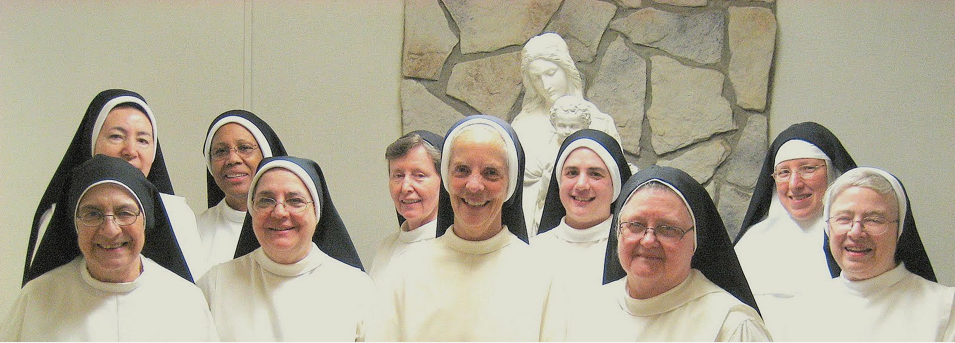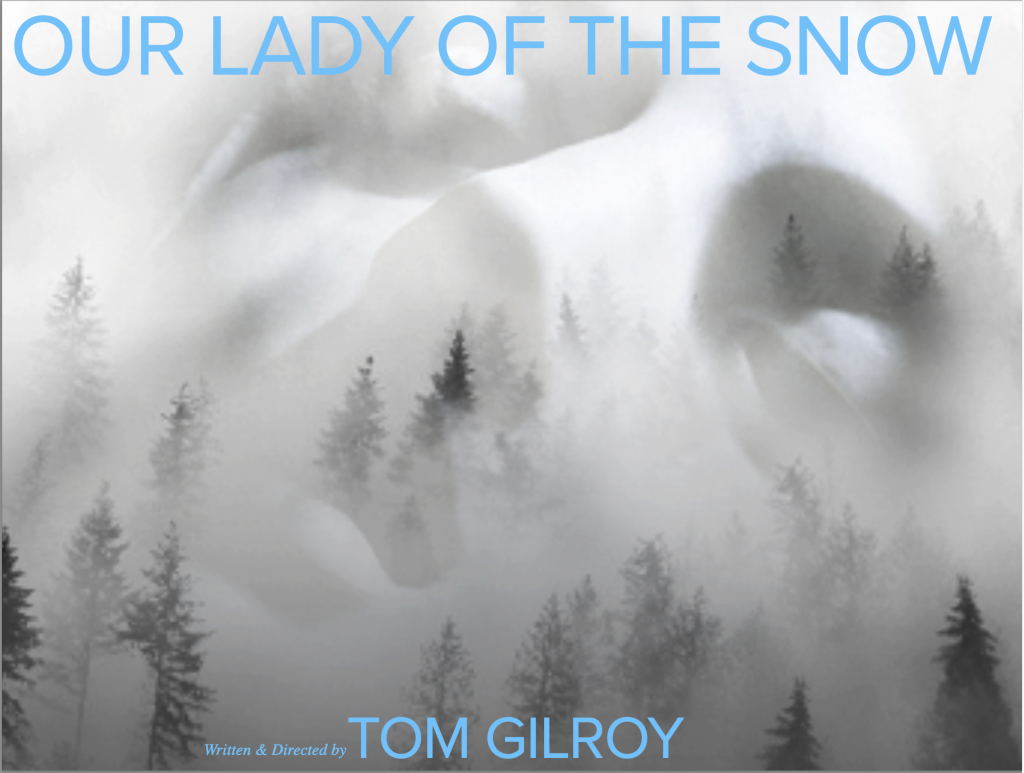
“The worst fear is the one you can’t define.”
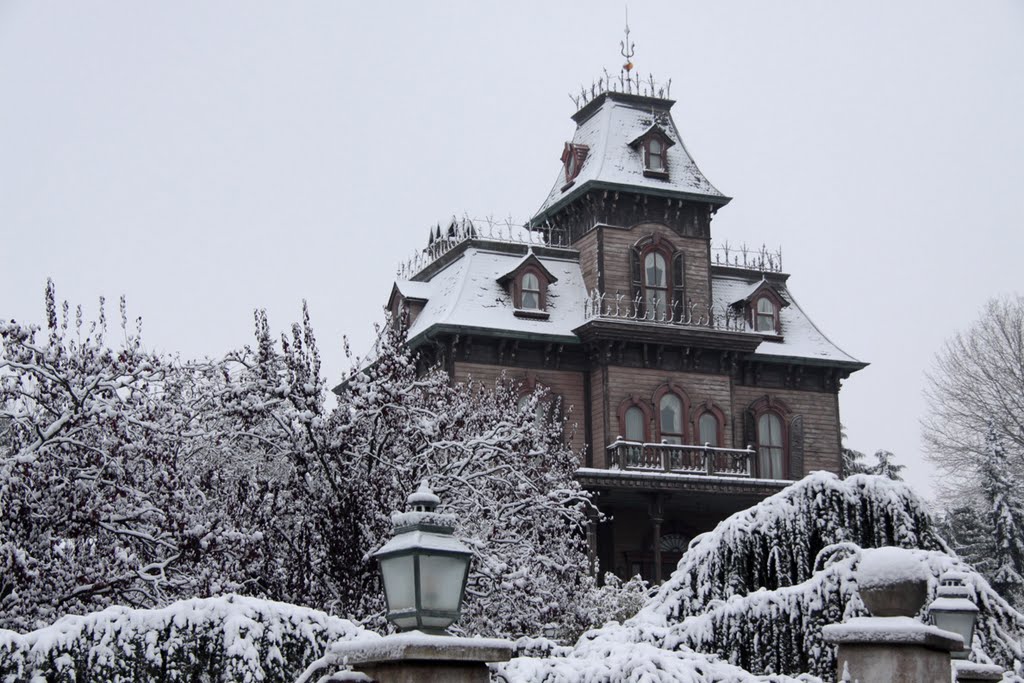
Part gothic horror and part journey of enlightenment, this modern ghost story takes place in a convent in the American Northeast where the Catholic Church sends elderly nuns to spend their final years. The sisterhood’s serene balance of ritual, community, and camaraderie is shattered when Sister Patricia begins experiencing ecstatic visions, setting off a frightening chain of inexplicable events. At the same time, their Bishop secretly plans to sell their convent to real estate developers. Could these events be related?
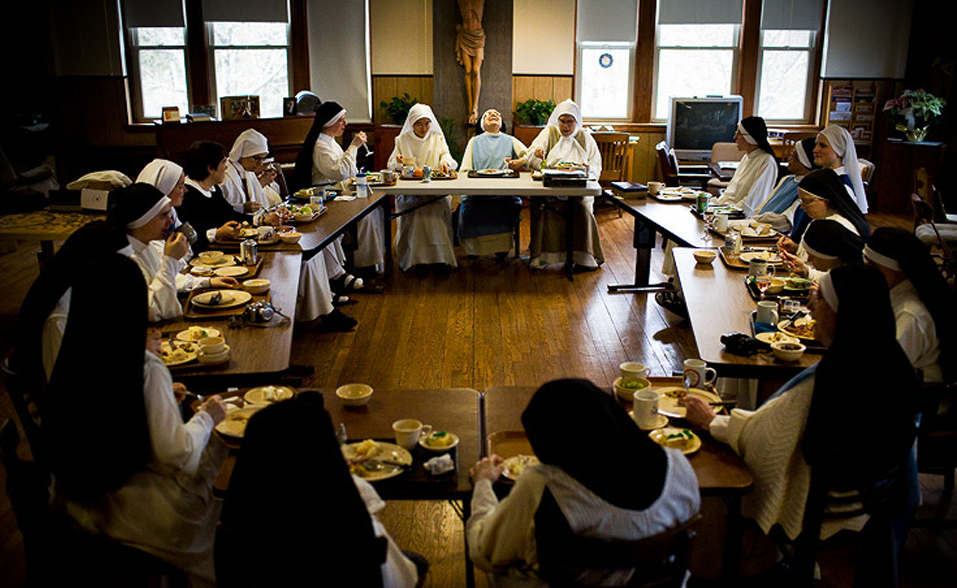
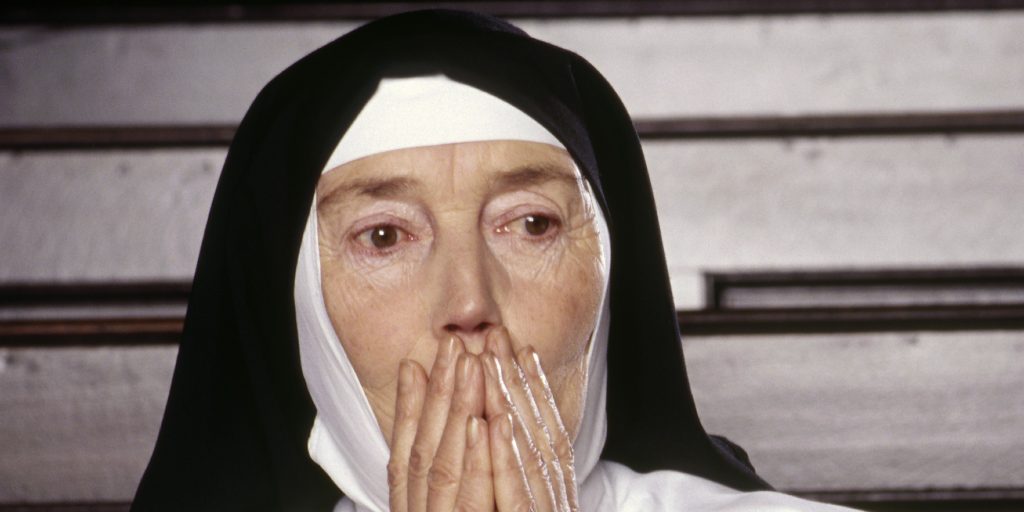
Our Lady of The Snow is a film about a community invaded by fear, a film about the horror of confronting a world you no longer recognize, a film about right now. It’s a horror film with a social message, like Get Out or The Witch.
Though the community in the story is a religious order of nuns, it’s not a film about religion—it’s about faith. It’s also about solidarity in the face of opposition. Most of all, this film is about communities of women over centuries as they negotiate with and maneuver around the power of men.
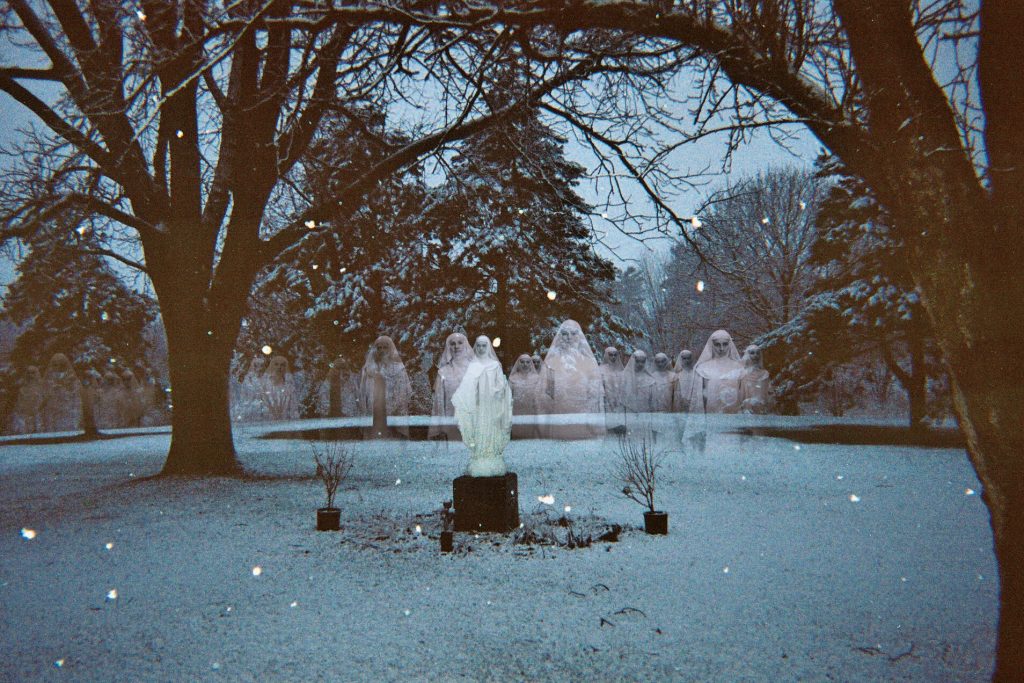
Every character in the film is menaced by forces they are unable to define.
Impossible things happen and the mystery behind their cause—the ‘unknowing’—is part of the terror. The film itself offers no clear explanation to the audience; what is at work here? Divine intervention, aliens, karma, ghosts, coincidence, group hysteria, stress, Alzheimer’s? The Devil?
Each explanation is dependent on the ethical and spiritual framework of the viewer. Every explanation is trackable, though none is absolutely definitive. There is no ‘answer.’
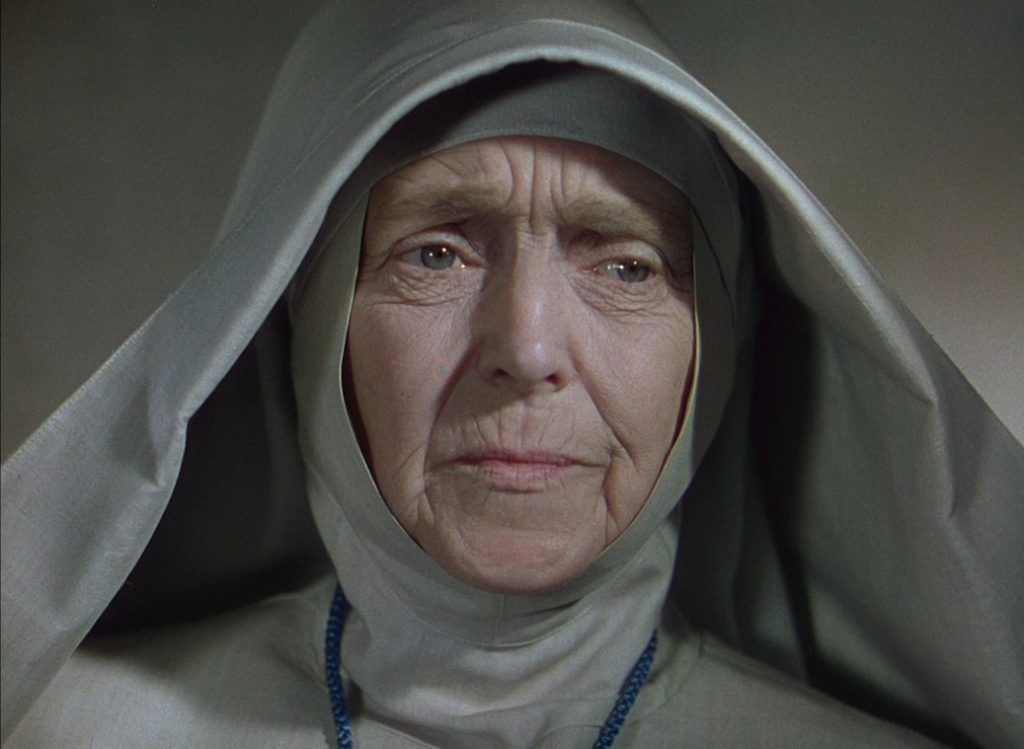
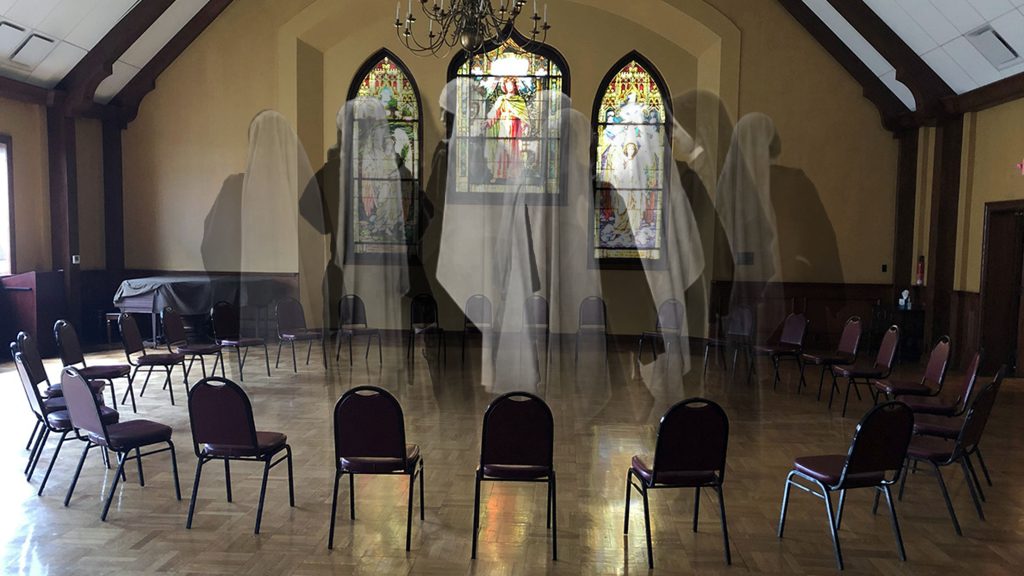
The screenplay was inspired by a convent near where I grew up and by the life’s work of my partner, Dr. Marilyn Oliva, a global authority on medieval convent life. One of the things I found fascinating from her research was that only nuns have ‘ecstatic visions’—never priests. These visions are inexplicable sensory experiences that can only be explained as a direct communication from God, but more importantly, to experience one is evidence that the seer should be sainted. Not surprisingly, it was priests who had to verify the truth of the visions in order for the sanctification to take place. Additionally, they would put the women through various tests and rigorous investigation to verify their authenticity, thereby controlling which nuns could become saints. For this reason, many of these visions are documented in detail, ironically in an attempt to discredit them.
Men controlling something only women could experience—sound familiar?
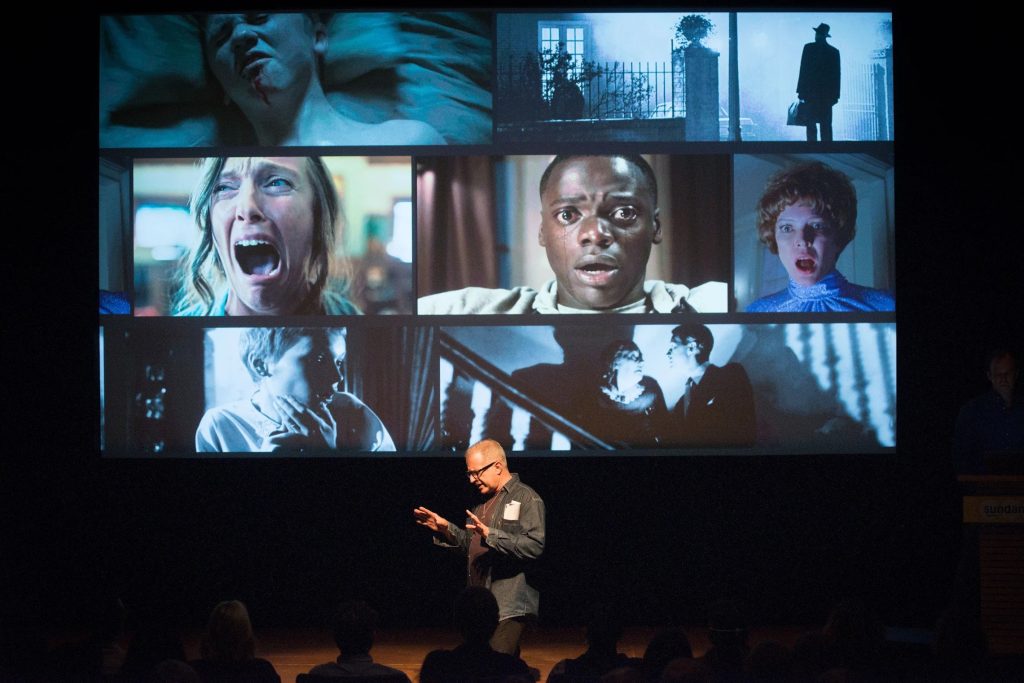
Our Lady of The Snow was one of five narrative features chosen by the Sundance Catalyst Program. During my presentation at Park City, I discussed my vision for the production to a theater full of investors and production companies. Central to my talk was my intent to not rely on CGI or AI for the ghostly effects but to create them on set so the actors had real stimuli to respond to. Both James Wan and Guy Maddin use this technique presently, and I love their films. Obviously a lot of classic ghost thrillers like The Shining, Frankenstein, The Exorcist, and Don’t Look Now relied on these techniques as well.
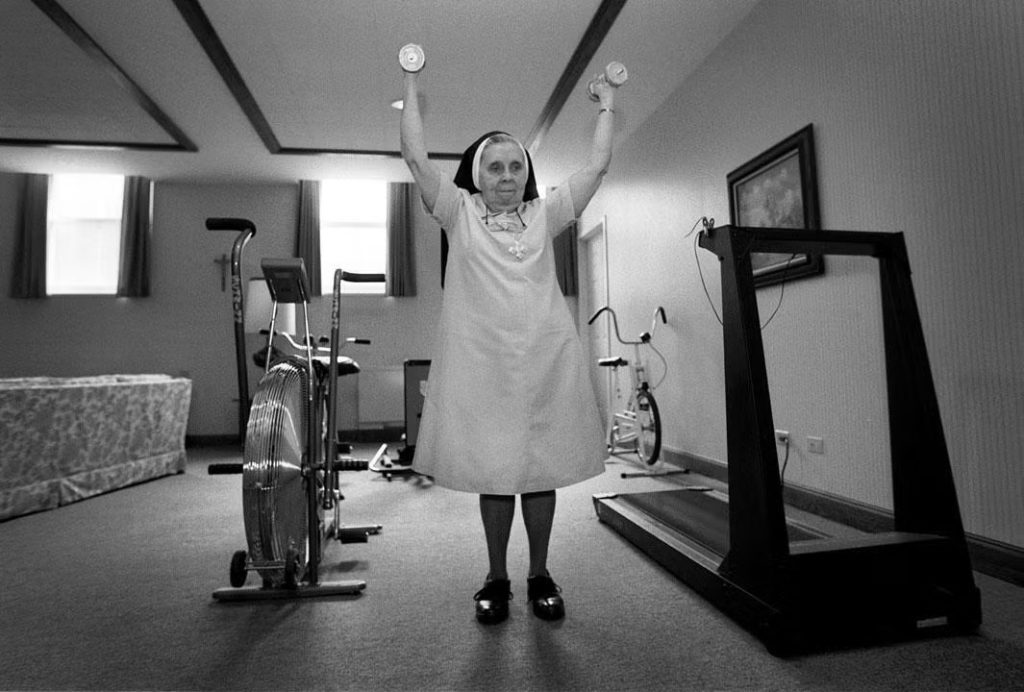
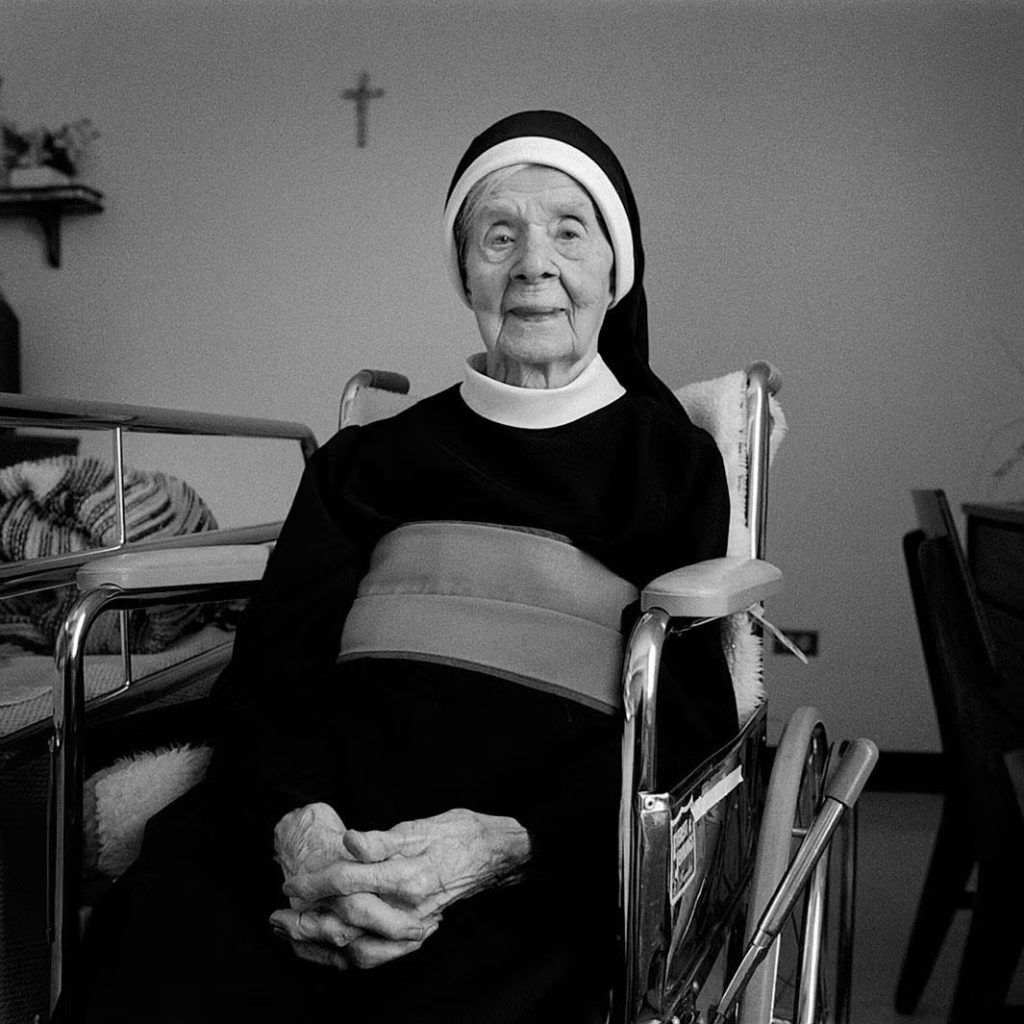
Producers Luca Borghese and Ben Howe at Agx and I plan to shoot this winter outside Syracuse, New York. We found the perfect location at the Oneida Meeting House, a 300 room convent-like building that was the home to the Oneidans, a religious sect in the early to mid 1900s. It’s the perfect combination of contemplative and scary, The Shining meets Into Great Silence.
My amazing cinematographer Wyatt Garfield and editor Julie Bloch, who both worked on “The Cold Lands,” will be rejoining me on this production. Laura Rosenthal is casting and the legendary Susan Jacobs will be the music supervisor. Hip hop impresario Pete Miser is moonlighting as my storyboard artist. In the following storyboard, Sister Patricia, already disturbed by things she can’t explain, is terrorized by a simple crucifix on a wall bleeding in stigmata into a washing machine of white linens.
